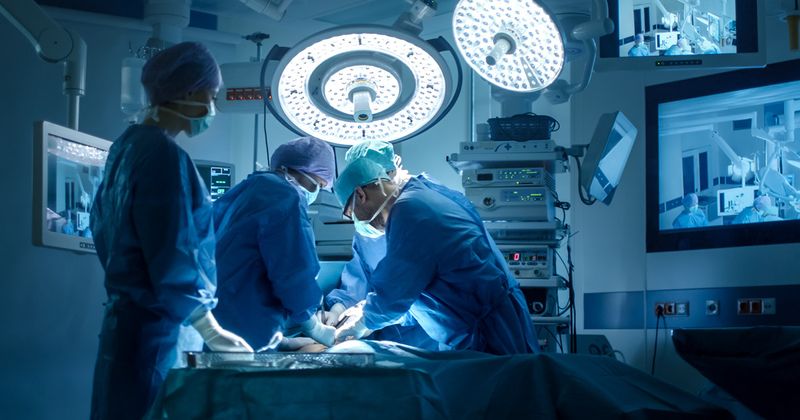GLP-1 receptor agonist use not linked to respiratory complication risk after surgery
Click Here to Manage Email Alerts
Key takeaways:
- It is currently recommended to withhold glucagon-like peptide-1 receptor agonists before surgery.
- This recommendation could be changed based on results of this study.
Among patients with diabetes undergoing emergency surgery, the risk for respiratory complications afterward was not heightened with glucagon-like peptide-1 receptor agonist use, according to a research letter published in JAMA.

“It may be safe to carry forward with surgery even if a patient using GLP-1 receptor agonist medication did not follow the current medication withholding guidelines,” Anjali A. Dixit, MD, MPH, first author of the study and anesthesiologist at Stanford University School of Medicine, told Healio. “Anesthesiologists should consider using pulmonary aspiration risk mitigation strategies that are commonly used for patients undergoing emergency surgery or who have known delayed gastric emptying.”

In this study, Dixit and colleagues analyzed 23,679 patients with diabetes that underwent emergency surgery from a claims database to determine the risk for respiratory complications after surgery with perioperative use of GLP-1 receptor agonists.
Of the total cohort, 3,502 patients (mean age, 53.6 years; 50.9% men) had a prescription fill for GLP-1 receptor agonist before surgery, whereas the remaining 20,177 patients (mean age, 53.9 years; 45.5% men) did not have a prescription fill.
Between the two groups, obesity was more common among patients with vs. without GLP-1 receptor agonist use (51.9% vs. 41.6%). Additionally, the average number of agents used to treat diabetes was 2.4 in the group using GLP-1 receptor agonists, which was more than the average of 1.5 in the group not using GLP-1 receptor agonists.
Researchers did not find a significant difference between the two groups when assessing the incidence of respiratory complications after surgery. This result held true even after adjusting for demographic characteristics, indicators of diabetic severity, Elixhauser comorbidities and fixed effects for year and surgery type.
“We were surprised by these findings given the case reports of large-volume emesis, as well as other studies showing increased gastric volumes, in appropriately fasted patients who had used GLP-1 receptor agonists,” Dixit said. “These studies had raised concerns that patients who had recently taken a GLP-1 receptor agonist would have a much higher risk of pulmonary aspiration under anesthesia, which is a serious and potentially fatal complication.”
Importantly, Dixit told Healio that the study findings “do not apply to patients using GLP-1 receptor agonists undergoing procedures under light or moderate sedation without an anesthesiologist or other advanced airway practitioner.”
Researchers hope to explore the use of GLP-1 receptor agonists in more patient populations in future studies.
“Further work in other patient populations, including those taking GLP-1 receptor agonists specifically for management of obesity, would help us understand the risk of serious postoperative complications in patients using these medications for various indications,” Dixit said.
For more information:
Anjali A. Dixit, MD, MPH, can be reached at anjalid@stanford.edu.
